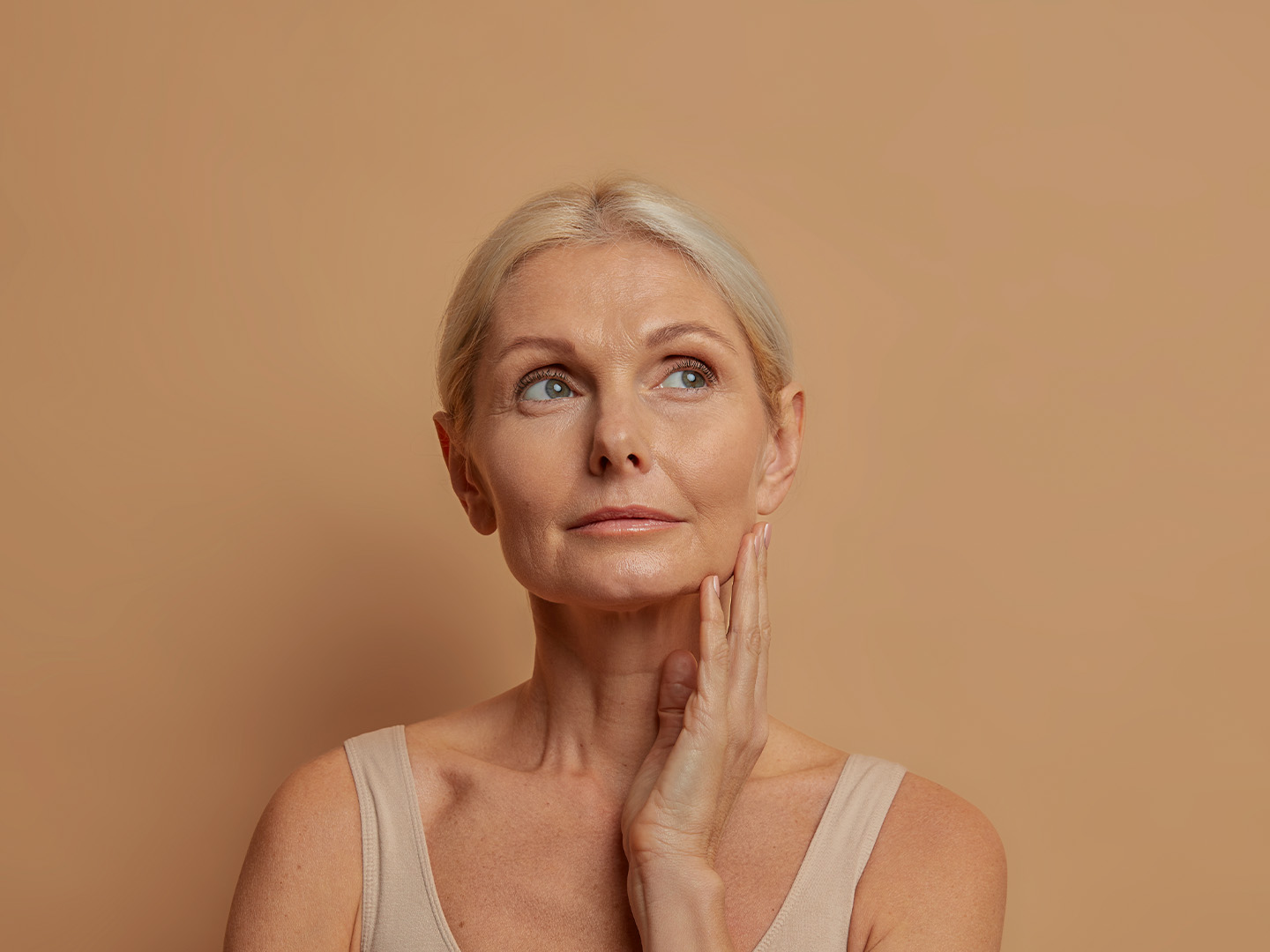
Botox has long been the go-to injectable treatment for reducing dynamic wrinkles. But not every patient is ready, or willing, to take the needle route. In recent years, topical Botox-like peptides have emerged as a popular alternative for those seeking wrinkle reduction without injections. Marketed in the form of serums, creams, and masks, these peptides aim to mimic the effects of neuromodulators by softening expression lines through surface-level muscle inhibition.
For medical aestheticians, understanding how these peptides work, what the clinical data says, and when to recommend them is key to offering personalized and informed skincare advice.
What Are Botox-Like Peptides?
Botox-like peptides are short chains of amino acids designed to reduce facial expression lines by interfering with neurotransmitter signals that trigger muscle contraction. Unlike Botox, which is injected into the muscle and blocks acetylcholine release at the neuromuscular junction, these peptides work at the skin’s surface level. When applied topically, they aim to relax superficial muscle tension and reduce the appearance of fine lines over time.
They are often found in serums, eye creams, facial moisturizers, and sheet masks, allowing patients to incorporate them into daily skincare routines.

Benefits of Using Botox-Like Peptides
Some commonly reported benefits include:
- A softer appearance of crow’s feet and forehead lines.
- Painless, non-invasive application.
- Safe for long-term, continuous use in many cases.
- Ideal for patients hesitant about injectables or looking for maintenance between Botox sessions.
While the results are typically more subtle and gradual compared to injections, they can still be meaningful for the right candidate.
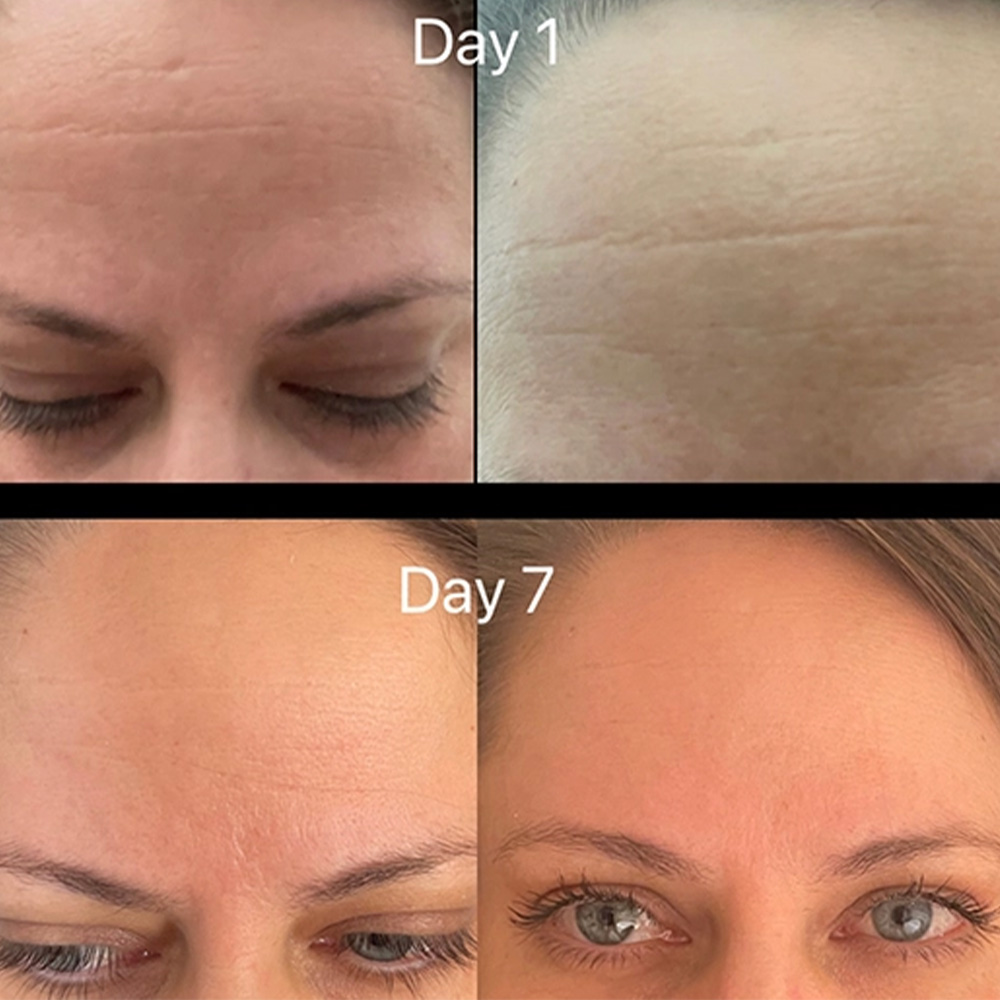
Most Popular Botox-Like Peptides
1. Argireline® (Acetyl Hexapeptide-8)
Argireline is the most studied and widely used peptide in this category. It inhibits the SNARE complex formation, mimicking part of the mechanism of Botox but at a much gentler level.
Downsides of Argireline:
- Limited penetration into the deeper skin layers.
- Its effects are temporary and require regular application.
- Some formulations can be drying or may not layer well under other products.
For an in-depth look at Argireline’s cousin, Snap-8 peptide, another botox-like peptide with extended chain length and improved efficacy, see Snap-8 Peptide: A Non-Invasive Alternative to Botox.
2. Syn-Ake® (Dipeptide Diaminobutyroyl Benzylamide Diacetate)
Inspired by the venom of the temple viper, Syn-Ake mimics the effects of Waglerin-1, a peptide known to block muscle contractions. This gives Syn-Ake a reputation for visibly smoothing lines around the eyes and forehead with consistent use.
3. Leuphasyl® (Pentapeptide-18)
Leuphasyl targets enkephalin receptors and works well in synergy with Argireline. The combination is often used in formulations aimed at softening expression lines on the forehead and nasolabial folds.
4. Snap-8®
Snap-8 is an extended version of Argireline with a broader action profile. It’s often used in high-concentration serums intended for aging-prone areas. It is frequently paired with hydrating peptides or used alongside microcurrent devices for enhanced effect.
To learn more about peptide science in skincare, see Peptides in Skincare: Skin Rejuvenation Treatments.
How Do Botox-Like Peptides Compare to Botox Injections?
For some patients, Botox-like peptides serve as a starting point or maintenance option rather than a replacement. They're particularly useful for those looking to delay the need for injectables or soften early signs of aging without downtime.
Clinical Use and Evidence
Peptides are increasingly recognized as important agents in modern therapeutic development, thanks to their high potency and precise biological activity. Sitting between traditional small molecules and large biologic drugs, peptides offer targeted effects that make them valuable across various medical fields, from infectious and cardiovascular diseases to cancer and metabolic disorders. Today, more than 80 peptide-based drugs have received regulatory approval, with many more in various stages of clinical development. Interest from both academic researchers and the pharmaceutical industry continues to grow, as reflected in the steady increase in publications and patents focused on peptide science.
While the cosmetic industry is quick to tout peptide benefits, peer-reviewed research is more limited. However, studies have shown promising results:
A 2013 study published in the International Journal of Cosmetic Science reported that subjects who applied Argireline (acetyl hexapeptide-3) at a 10% concentration twice a day in an oil-in-water emulsion for 30 days it reduced wrinkle depth by up to 30%.
In the study by Ruiz et al. a group of 20 people tested an emulsion containing Argireline, with a significant reduction of wrinkles ranging between 41.83 and 78.25%.
That said, most peptides face delivery challenges. Their molecular size often prevents deep skin penetration, which limits their efficacy compared to injected neuromodulators. Some brands now use encapsulation technologies or micro-delivery systems to improve absorption, but results can vary widely depending on formulation quality.
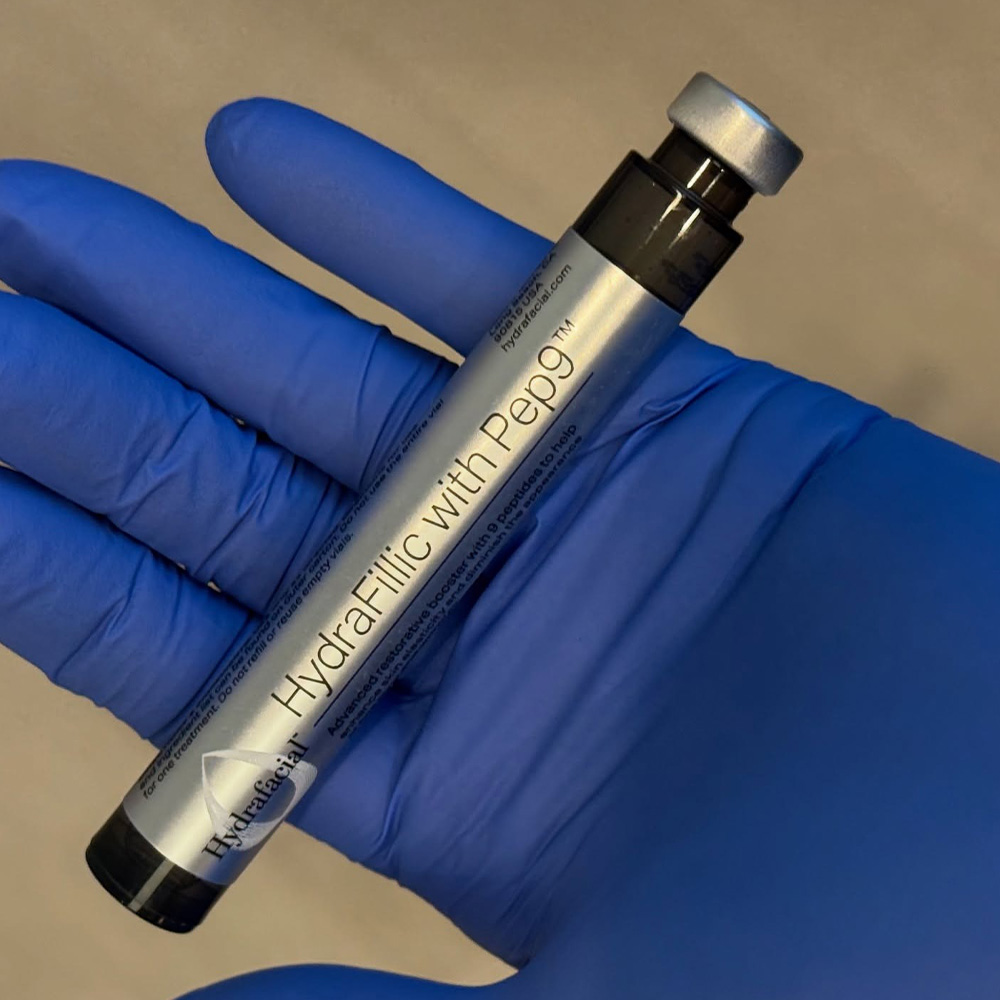
When and How to Recommend Botox-Like Peptides
Botox-like peptides are best recommended as:
- Preventive care for patients in their 20s and early 30s showing subtle expression lines.
- Maintenance support for patients between Botox treatments.
- A safe alternative for individuals who are needle-phobic or have contraindications to injectables.
What Is the Best Age to Start Peptide Serum?
There’s no hard rule, but most dermatologists suggest introducing peptide-based products in the late 20s to early 30s. This is when collagen levels begin to decline, and early expression lines start appearing.
What Is the Best Peptide to Reverse Aging?
Argireline and Snap-8 are often recommended for dynamic wrinkles. However, matrix-building peptides like Matrixyl® (not Botox-like in mechanism) are better suited for structural repair. For Botox-like effects, a combination of Argireline and Leuphasyl may offer the most visible results.
Combining Peptides with In-Clinic Treatments
Botox-like peptide serums can complement aesthetic treatments like microneedling, RF, or chemical peels. They may help soothe post-procedural skin and support wrinkle prevention in the healing phase.
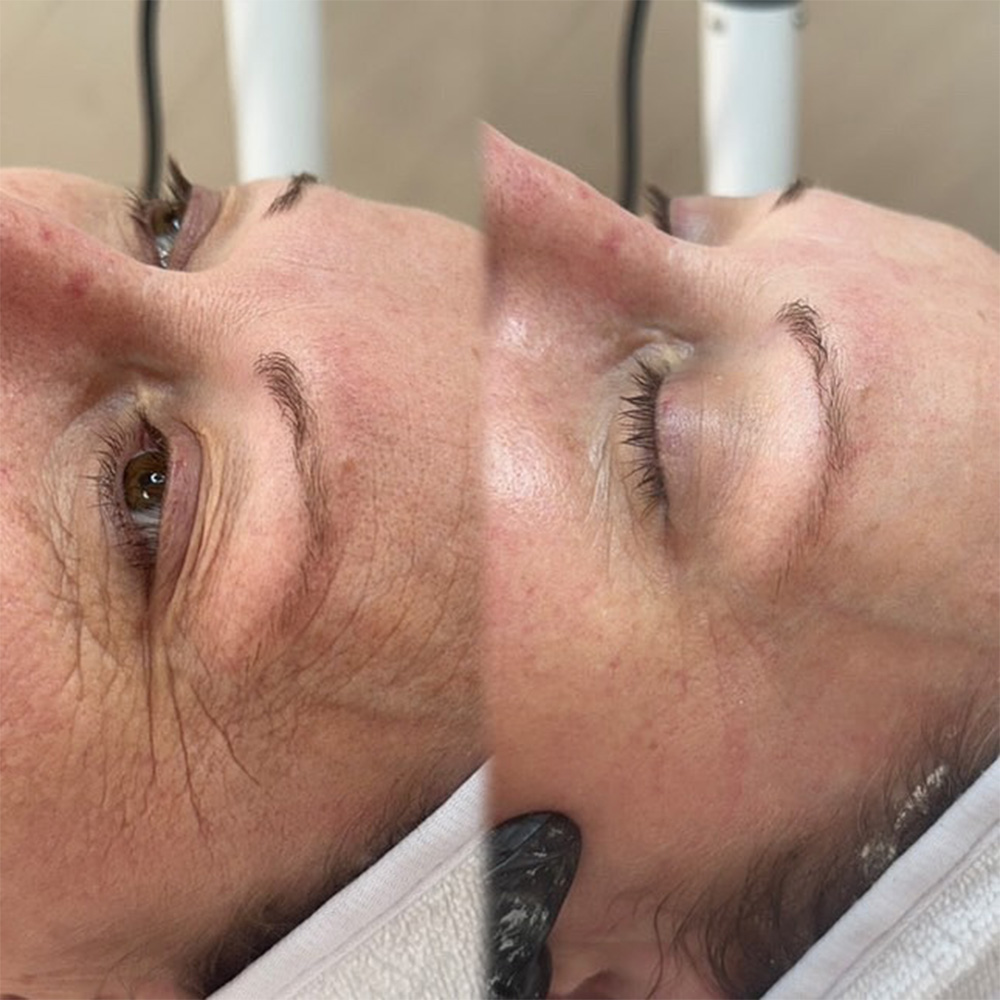
Cautions and Marketing Claims
A key concern is overpromising results. While peptides can help soften expression lines, they will not lift sagging skin, erase deep wrinkles, or replicate the muscle-freezing effects of Botox injections. Practitioners should guide patients with realistic expectations and suggest high-quality, clinically tested products.
For aestheticians looking to deepen their knowledge, the HubMed Ed aesthetic medicine educational platform offers in-depth training on ingredient science, skin treatments, and patient care strategies.
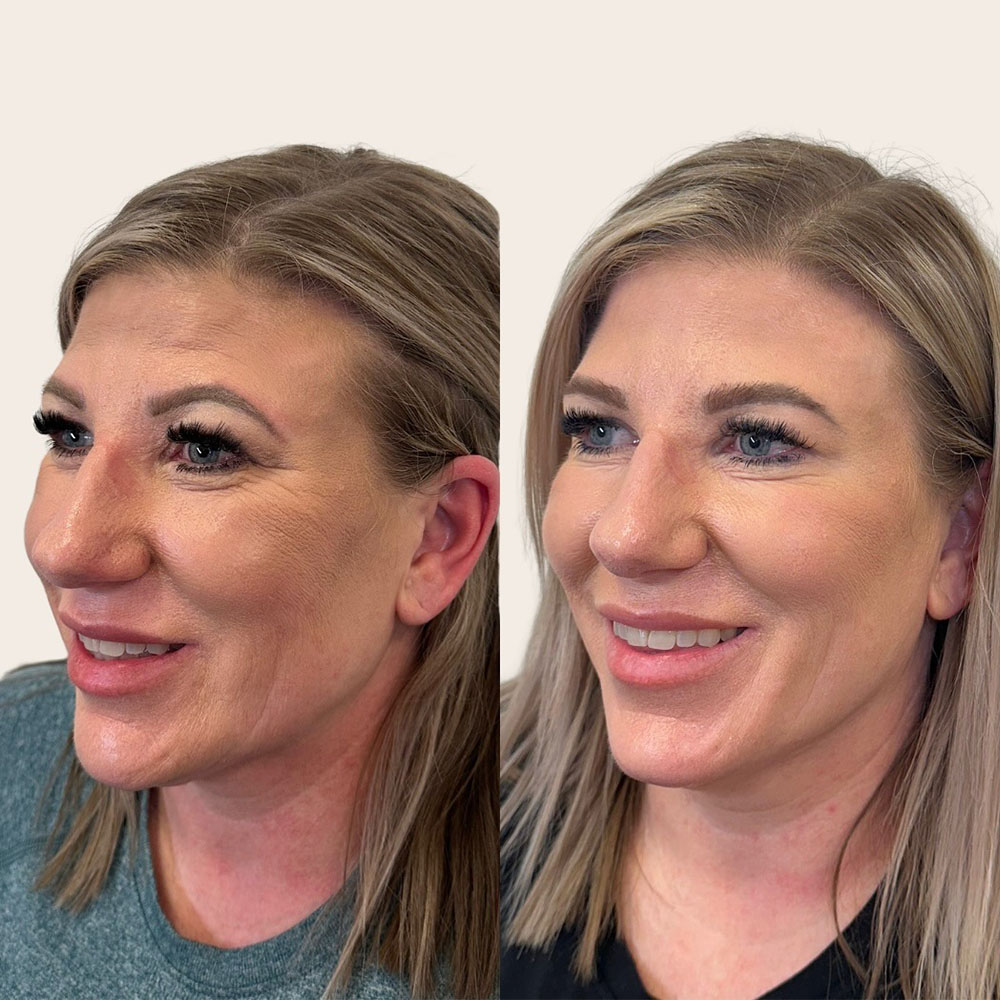
Conclusion: Complement, Not a Replacement
Botox-like peptides offer a compelling topical option for patients seeking a gentle, non-invasive way to manage early signs of aging. While they won’t fully replace Botox injections, they serve as a useful adjunct in skincare routines, especially for prevention, maintenance, or post-treatment care.
For medical aestheticians, understanding their strengths and limitations allows for better patient guidance, product pairing, and overall treatment planning.
FAQ
Is there a peptide that tightens skin?
Yes, while Botox-like peptides help with dynamic wrinkles, firming peptides like Matrixyl or copper peptides are more suitable for tightening and improving skin elasticity.
Is Argireline better than Botox?
No. Argireline offers surface-level relaxation and softens lines over time, but it does not match the strength or precision of Botox injections.
What cannot be mixed with Argireline?
Avoid layering with strong acids or alcohol-based products, which can destabilize the peptide or cause irritation.
Which is better: Retinol or Argireline?
Retinol stimulates collagen over time, while Argireline targets muscle contraction. They serve different purposes and can work well when used together in a routine.
Is it safe to use Argireline every day?
Yes, daily use is typically well tolerated. Most clinical studies are based on twice-daily application for best results.
Sources
- Rossino G, Marchese E, Galli G, et al. Peptides as Therapeutic Agents: Challenges and Opportunities in the Green Transition Era. Molecules. 2023;28(20):7165. Published 2023 Oct 19. doi:10.3390/molecules28207165 https://pmc.ncbi.nlm.nih.gov/articles/PMC10609221/
- Kluczyk VJ. The Benefits of Natural Ingredients for Skin Health. Aesthetic Cosmetology and Medicine. 2021;3(1):1-4. Available from: https://aestheticcosmetology.com/wp-content/uploads/2021/06/ACM-2021-03-vJ-Kluczyk.pdf
- Henseler H. Investigating the effects of Argireline in a skin serum containing hyaluronic acids on skin surface wrinkles using the Visia® Complexion Analysis camera system for objective skin analysis. GMS Interdiscip Plast Reconstr Surg DGPW. 2023;12:Doc09. Published 2023 Oct 31. doi:10.3205/iprs000179 https://pmc.ncbi.nlm.nih.gov/articles/PMC10665711/
- Rossino G, Marchese E, Galli G, et al. Peptides as Therapeutic Agents: Challenges and Opportunities in the Green Transition Era. Molecules. 2023;28(20):7165. Published 2023 Oct 19. doi:10.3390/molecules28207165 https://pmc.ncbi.nlm.nih.gov/articles/PMC10609221/#abstract1
Disclaimer:
This article is intended for licensed medical professionals. All protocols, dosages, and treatment insights referenced herein are based on published literature. The content is not intended to encourage application, diagnosis, or self-treatment of unlicensed individuals, and should not be used as a substitute for the clinical judgment of a qualified healthcare provider.

